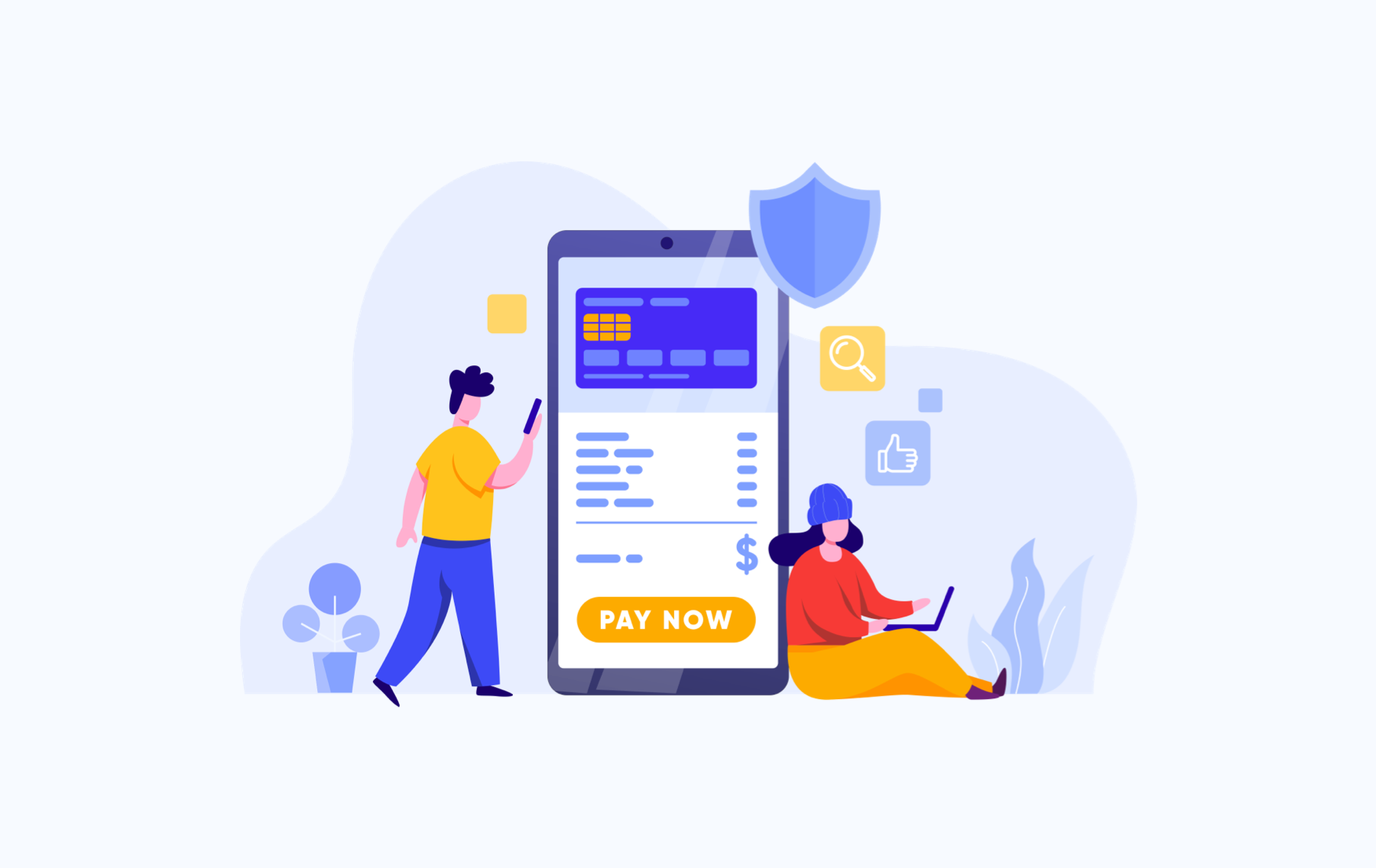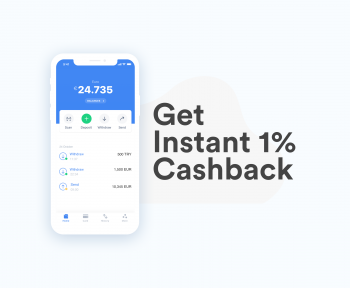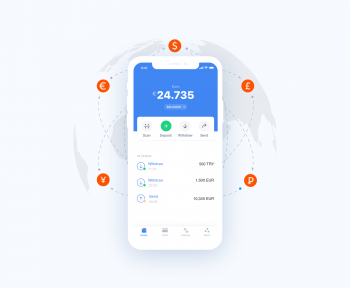The very first steps of banking systems were heard in the magnifique streets of Florence seven centuries ago. Art-enthusiast political dynasty and banking family, the House of Medici were the ones who have invented the pillars of our banking aspect today. To be honest, as you may all agree, there has been no new brick in the current system since then until the mighty internet sneaked into our lives. Twenty years ago, we were standing in the bank branch queques with a bunch of documents in our hands to open a bank account or send some funds. Whereas today, through some clicks and passwords, it is possible to purchase even a star in the Milky Way on the web! Thanks to online payments, especially in dark pandemic days, we had the comfort of our house to transfer money and buy every necessity. Yes! They are saviors! They save your budget, your beloved ones and more than this, digital payments save your precious time which is the only single value you can not take back no matter what. But how did we succeed to reach this point? What was the milestone to evolve a cumbersome traditional banking system to a hassle free payment platform? In order to clear the clouds before diving into the digital payments history, we better start with the definition of digital banking.
What is Digital Banking?
We can simply define digital banking as the digitized traditional banking from front-to back-end. Imagine you are carrying all your bank branches on your mobile device and you are independent to operate your transfers, mortgages, loans, insurances and installments. Moreover, digital payment apps enable full control of cash flow. It is easy peasy to review your daily, monthly or yearly transaction history anytime. This is a gem to set your budget and security. Nothing like the old bulky system! Right?
The Remarkable Journey of Online Payments
Introduction of being online and interwired with others opened the doors of a revolutionary era of opportunities that we could not even dream of. Famous research of CERN by British computer scientist Tim Berners-Lee in 1989 created the World Wide Web allowing every level of documents into an information ecosystem where users can access from any node on the network. Linking all the world was also effectively paving the way for the birth of digital payments, a financial world with no borders, no heavy regulations and totally based on greater convenience and efficiency than cash ever could.
Although “www” changed all our perspectives to almost everything we had ever known, the appearance of an online payment system would take a couple of years. The first organization dipping its toes in the cold water was Stanford Federal Credit Union which offers online payments in 1994. Did you know that the first-ever online purchase was a Pizza Margherita from Pizza Hut! Just like the first actual Bitcoin payment! Yes! It was a pizza, too! What a coincidence!
Several corporations jumped onto the bandwagon of the digital payments train of Millicent and Ecash launching in 1995 and 1996 respectively. These tremendous companies evolved their payments into electronic cash alternatives. This would also be the beginning of the legendary e-commerce company: Amazon.
A Tech Ushering in a New Epoch!
PayPal was founded in 1998, by genius entrepreneur Elon Musk and led many others to follow. Being the game changer in the digital payment sector, PayPal introduced users to a stage where they can use with plethora of benefits. The financial world would never be the same again.
It didn’t take long for eBay to show up as a comprehensive path to shop online whereas PayPal kept on pushing the limits with innovative solutions such as mobile payment apps. Using these apps are great advantages to utilise the systems’ advantages to the fullest.
In a short time, eBay created its own online payment service, Billpoint. The service has never attracted many users and finally, in October 2002, eBay bought PayPal. To be frank, it is a curious case why this innovative concept didn’t become mainstream earlier than Google’ s launchment of Google Wallet in 2011. In some years, Samsung, Apple, American Express and Walmart began to accept digital wallets.
The Rise of Digital Wallets
The functionality and limitless comfort of online shopping, banking and other beneficial services pushed technological advancement even beyond dreams. According to reliable statistics researcher Statista, the estimated number of online payment users will be more than 1.31 billion by 2023.
Unarguably, instant gratification is a pillar of our time. We all seek for trustworthy, convenient paths to ease our daily routine and our expectations are frequently changing in this arena. Therefore, the development and growth of ewallets is not only constant but also crucial for those who do not want to take their places into the dusty shelves of digital payments history.
Our digital wallet, Jeton Wallet provides you exclusive online payment services with user-oriented principles. Offering secure, rewarding and conventional payments online, we are ready to assist you anytime and anywhere. Join Jeton today and enjoy our spectacular advantages!



